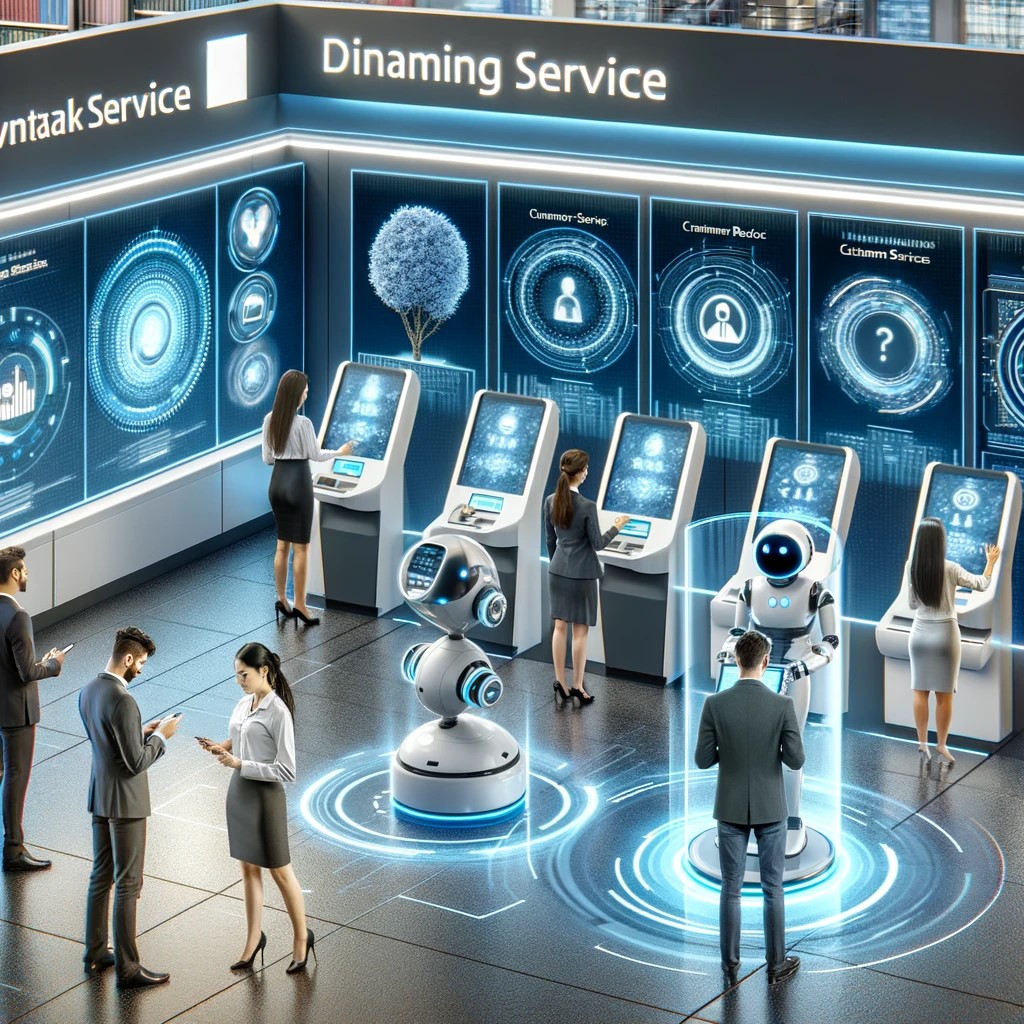The banking sector is undergoing a profound transformation driven by technological disruption. Innovations such as fintech, blockchain, artificial intelligence (AI), and digital payments are reshaping the landscape, challenging traditional banks to adapt or risk obsolescence. This article explores current trends in technological disruption within the banking sector and predicts future developments.

Current Trends in Technological Disruption
1. Rise of Fintech Companies: Fintech companies are leveraging technology to offer financial services that are more efficient, user-friendly, and cost-effective than traditional banking. Services such as peer-to-peer lending, mobile banking apps, and robo-advisors are gaining popularity, particularly among younger, tech-savvy consumers. These fintech solutions provide convenience and accessibility, often with lower fees than traditional banks.
2. Digital Payments and Wallets: The proliferation of digital payment platforms and wallets, such as PayPal, Apple Pay, and Google Wallet, is reducing the reliance on cash and traditional banking transactions. These platforms offer seamless, instant transactions, enhancing the user experience and fostering a cashless economy.
3. Blockchain and Cryptocurrencies: Blockchain technology, the foundation of cryptocurrencies like Bitcoin and Ethereum, is revolutionizing how transactions are recorded and verified. Blockchain offers a decentralized, transparent, and secure way of conducting transactions, which could potentially replace traditional banking processes. Cryptocurrencies are gaining traction as alternative investment assets and means of transaction, further challenging traditional banking systems.

Impact on Traditional Banks
1. Competitive Pressure: The rise of fintech and digital-only banks creates significant competitive pressure on traditional banks. These new entrants often have lower operating costs and can offer more attractive rates and services. Traditional banks must innovate to retain their customer base and stay competitive.
2. Changing Customer Expectations: Customers now expect digital-first, seamless banking experiences. Traditional banks are investing heavily in digital transformation initiatives to meet these expectations, such as developing mobile banking apps and enhancing online banking services. Failure to adapt can lead to customer attrition.
3. Operational Efficiency: Technological advancements can improve the operational efficiency of traditional banks. Automation and AI can streamline processes, reduce errors, and lower operational costs. Banks that effectively integrate these technologies can improve their profitability and service delivery.

Future Predictions
1. Continued Collaboration: Traditional banks and fintech companies are likely to continue collaborating. Partnerships and acquisitions can help traditional banks leverage fintech innovations to enhance their service offerings and reach new customer segments.
2. Personalized Banking: Advances in AI and big data analytics will enable banks to offer highly personalized banking experiences. From tailored financial advice to customized product offerings, personalization will become a key differentiator for banks.
3 Regulatory Evolution: As technology evolves, so too will the regulatory landscape. Regulators will need to keep pace with technological advancements to ensure consumer protection, financial stability, and fair competition.
Conclusion
Technological disruption is fundamentally transforming the traditional banking sector. While it poses challenges, it also offers opportunities for banks to innovate, improve efficiency, and enhance customer experiences. By embracing technological advancements and adapting to changing market dynamics, traditional banks can remain relevant and competitive in the digital age.





